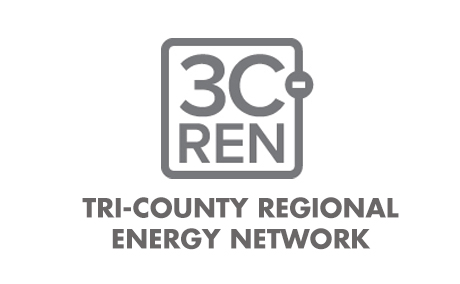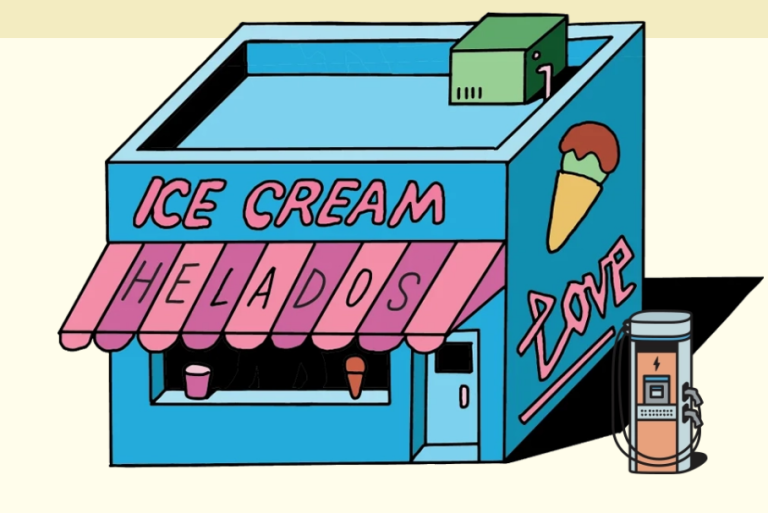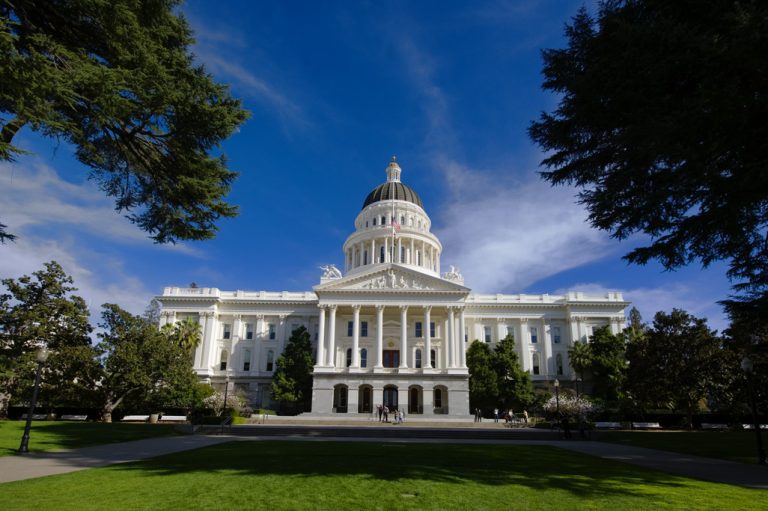

Picking the Right Sustainability Path
Green Business, B Corp, Sustainable Development Goals Or ISO;
Picking the Right Sustainability Framework for your Company
Authored by: CAGBN Executive Director Jo Fleming
Operating sustainably can save businesses money and help them gain and retain top talent. More importantly, it sets them apart from their competition. Businesses are increasingly seeking a sustainability framework and third party certifications to communicate their achievements in a meaningful way. Climate Pledges and pay to play self-certifications are meaningless. However, verified and measured actions are something a business can broadcast. It’s hard to know what sustainability framework to pick at first. In this article, CAGBN Executive Director Jo Fleming dives into the differences to help you decide what path is best for your business.
California Green Business Network:
This certification, based in California, has sister programs all over the country. This certification is free in most of California. You get a free sustainability consultant that connects you with all the rebates and services available in your specific municipality. While the program is geared to small and medium sized businesses, many large businesses have used it as a framework for their sustainability program. The best part? Included in the process are environmental outcome metrics such as greenhouse gas emissions saved, kWh saved, water saved, etc. so tracking and touting success is easy.
The certification in California is broken down into 3 tiers: Entry-level, Certified, and Innovator. The entry level tier is a short 12-14-item checklist that includes the big items that often involve utility savings and rebates. It is a no-brainer to do this tier, but you don’t really get much out of it other than cost savings and rebates. The Certified tier is where you get all the bragging rights and free public recognition. It is a longer checklist of ~50+ measures, depending on your industry. The measures are mainly environmental in nature. After a business is certified, they are added to a directory and promoted throughout the region and State. The Innovator tier includes more community and worker well-being measures and yields significantly more bragging rights and more free publicity through the Green Business Network. The Innovator Tier points businesses toward B Corp certification.
B Corp
This growing worldwide certification is gaining traction and for good reason. There are currently over 3500 certified B Corps in 150 different industries in over 71 countries. The B Corp Certification considers people, planet, profit and equity. You’ll need to have your ducks in a row. You’ll need your company’s finance person on hand to supply significant financial data, your HR person for employee data and you’ll need to have significant environmental data. But the process alone gives a roadmap for what is possible. A minimum score of 85 is required to pass but it doesn’t mean your company needs to stop there. You can use the online assessment tool to guide your company’s assent to sustainability. Expect a few follow up questions and calls from the B Corp assessor and use them to guide you in how you might move the sustainability needle.
UN Sustainable Development Goals (SDGs)
The Sustainable Development Goals (SDGs) are the world’s shared plan to end extreme poverty, reduce inequality, and protect the planet by 2030. They were adopted by 193 Countries in 2015 during the Paris Climate Treaty. There are 17 of them and they can absolutely be guiding principles for your company’s corporate social responsibility.
ISO 140001 Environmental Management System
ISO 14001 is an internationally agreed standard that sets out the requirements for an environmental management system. It helps organizations improve their environmental performance through more efficient use of resources and reduction of waste, gaining a competitive advantage and the trust of stakeholders. ISO is not a certifying organization. Third party consultants/auditors will need to be hired to gain certification, making this one of the more pricey and extensive certifications. The once popular gold standard of the nineties and the early 2000s now seems more geared toward Environmental Health and Safety than Sustainability. However, many of the steps that you take in your EMS will give you the data you need for parts of other frameworks. If you have a separate EH&S department, this could be their framework. Alternatively, it could be used to gather data and come up with standard operating procedures that lead to less waste and more efficient use of resources. Be careful not to fall into the SOP quagmire. All too often, professionals spend too much time developing SOPs instead of actually driving beneficial and profitable change.
Size plays a factor in which framework is right for your business. Small and medium sized businesses are better suited for the California Green Business Network Certification. Larger businesses may wish to examine the SDGs or ISO. B corp certification, while extensive and expensive, can fit both small and large businesses although their framework seems mostly geared toward larger businesses.
If you are uncertain, start on the simplest sustainability journey. Get Certified as a Green Business. That certification will help you along the way with the rest.




